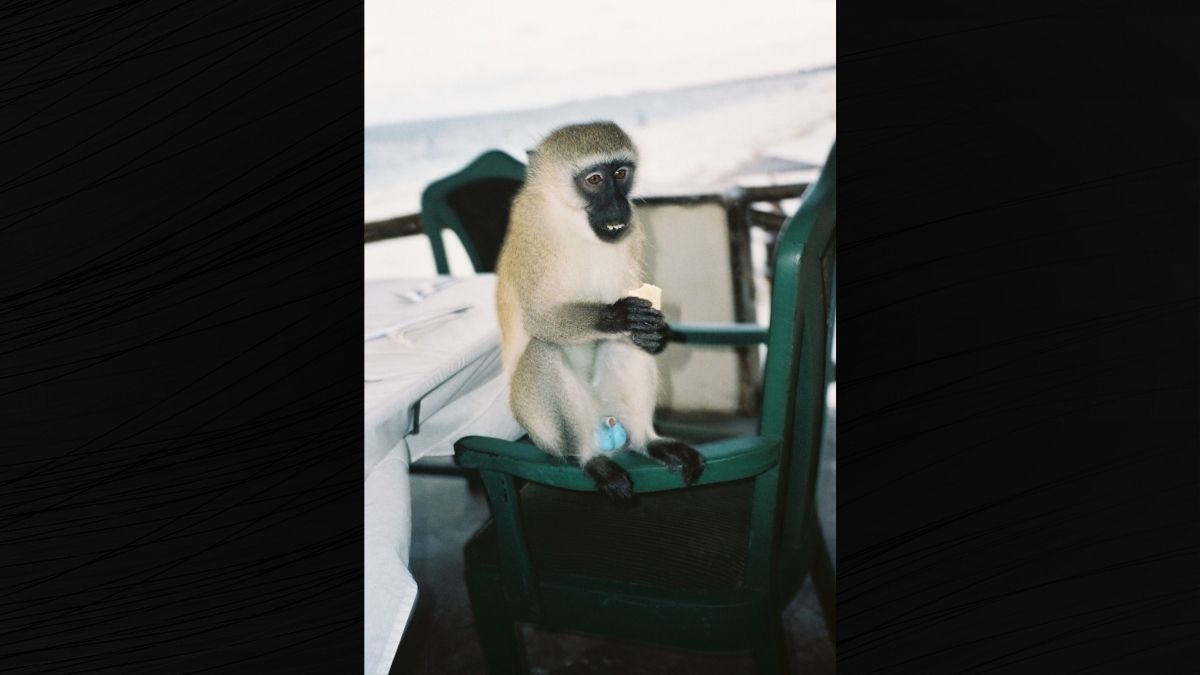Some monkeys have massive noses, others have bright red faces, while some have, of all things, blue balls. But the blue testicles have nothing to do with sexual frustration humans might ascribe to them.
According to National Geographic, the likely reason why some monkeys have blue balls is due to sexual selection. Fred Bercovitch, a wildlife biologist at Japan’s Kyoto University, told National Geographic that the color is also linked to social status, at least in mandrills.
Bercovitch said that male mandrills have bright colors on their faces, which match the colors on their rump, and females prefer the brightest colored males. He added that males like to show off their blue testicles, too. The brighter and larger the balls, the more likely they are considered attractive, much like a peacock’s feathers.
Jennifer Danzy Cramer, a biological anthropologist, told National Geographic that male vervets with bright-blue scrota are more aggressive and bully more juvenile males.
Bercovitch said the reason for the color blue is likely because of the Tyndall effect, which is the scattering of light by the skin itself and not because of blue pigmentation in the skin. Blue-hued monkeys have unusually neat and organized collagen fibers and even a slight change in those fibers, of size or distance, could produce a different hue or color.
A 1976 research paper titled "Control of scrotal colour in the vervet monkey" found that through "transmitted light the scrotal skin was brown on a red background: by reflected light the colour was blue. Thus the blue colour is due to Tyndall scattering over a layer of melanin."
In addition to mandrills and vervets, other monkeys like the patas, talapoins, and the lesula sport blue balls.
Sources:
Price, J. S., et al. “Control of Scrotal Colour in the Vervet Monkey.” Journal of Medical Primatology, vol. 5, no. 5, 1976, pp. 296–304. PubMed, https://doi.org/10.1159/000459974.
“Proboscis Monkey | National Geographic.” Animals, 9 Nov. 2010, https://www.nationalgeographic.com/animals/mammals/facts/proboscis-monkey.
“Some Monkeys Have Blue Testicles—Here’s Why.” Animals, 24 Sept. 2016, https://www.nationalgeographic.com/animals/article/primates-monkeys-blue-scrota-genitalia.
Why Is the Sky Blue? https://math.ucr.edu/home/baez/physics/General/BlueSky/blue_sky.html. Accessed 25 Aug. 2021.
